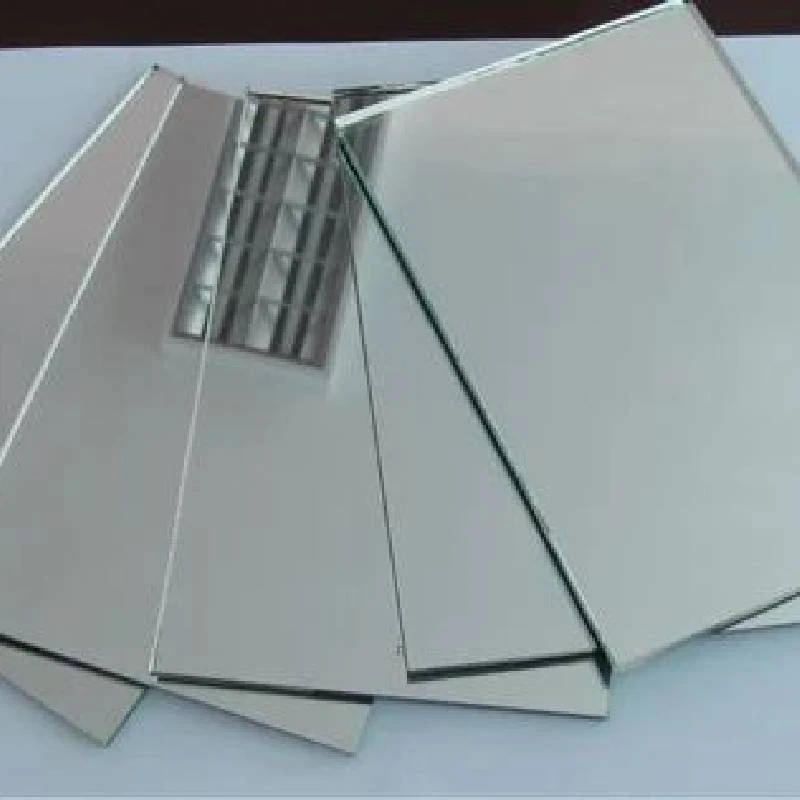

The Use of Tinted Glass Enhancing Aesthetics and Performance
In the modern architectural landscape, tinted glass has emerged as a popular choice for both residential and commercial buildings. This innovative material not only serves functional purposes but also enhances the visual appeal of structures. From improving energy efficiency to providing privacy, tinted glass proves to be a multifaceted solution with numerous benefits.
Aesthetic Appeal
One of the primary reasons architects and designers choose tinted glass is its aesthetic contribution. The tinted variation allows for a range of colors and shades, enabling architects to create unique facades that stand out. Whether it’s a subtle bronze hue or a deep blue tint, the options are endless. Tinted glass can complement a building’s exterior, blending seamlessly with surrounding environments or making bold statements.
Moreover, tinted glass can reflect the surrounding landscape, creating an ever-changing visual dynamic that interacts with natural light. As sunlight moves throughout the day, the appearance of tinted glass can alter, presenting new colors and tones that enhance visual interest. This feature is especially sought after in modern designs, where the interaction between building and environment is critical for sustainability and aesthetics.
Energy Efficiency
In an era where energy conservation is paramount, tinted glass plays a crucial role in improving the energy efficiency of buildings. Tinted glass works by minimizing the amount of solar heat that enters through windows, a significant factor that contributes to overheating in buildings. By reducing solar glare, tinted glass helps maintain comfortable indoor temperatures, thereby reducing the reliance on air conditioning systems.
This energy-efficient characteristic not only lowers energy bills but also minimizes the carbon footprint of a building. The reduced need for artificial cooling translates into less power consumption, benefitting both the environment and the building's occupants. Consequently, many businesses and homeowners are incorporating tinted glass into their structures to align with sustainable practices.

UV Protection
Another critical advantage of tinted glass is its ability to filter harmful ultraviolet (UV) rays. Extended exposure to UV radiation can lead to skin damage and can also cause furnishings, artwork, and flooring to fade over time. Tinted glass helps shield interiors from harmful rays while allowing natural light to enter, thus maintaining a bright and inviting atmosphere without compromising safety.
Moreover, by preserving the integrity of interior spaces, tinted glass can enhance the longevity of furniture and decor, making it a practical choice for both residential and commercial properties. This protective aspect adds value to installations, ensuring that the costs associated with redecoration are minimized.
Privacy and Security
The privacy aspect is another compelling reason to opt for tinted glass. In urban environments where buildings are closely packed, maintaining an element of privacy can be a challenge. Tinted glass provides a solution, allowing occupants to enjoy their space without the feeling of being visible to outsiders.
In addition to privacy, tinted glass can offer enhanced security benefits. By making it more difficult to see inside a building, tinted glass deters potential intruders. This feature is particularly advantageous in commercial settings, where safeguarding sensitive areas is critical.
Conclusion
In conclusion, tinted glass is far more than just an aesthetic choice; it’s a strategic and multifunctional material that offers a variety of benefits. From enhancing the beauty of a building to improving energy efficiency and safeguarding occupants from UV rays, its advantages are numerous. As architectural designs continue to evolve, tinted glass remains a well-regarded solution that meets the demands of modern living. As we look toward the future, the use of tinted glass in construction and design is poised to grow, reflecting the trends of sustainability, safety, and artistry that define our built environment. Whether for a high-rise office or a cozy home, tinted glass delivers an effective combination of style and performance, making it a preferred choice for many.